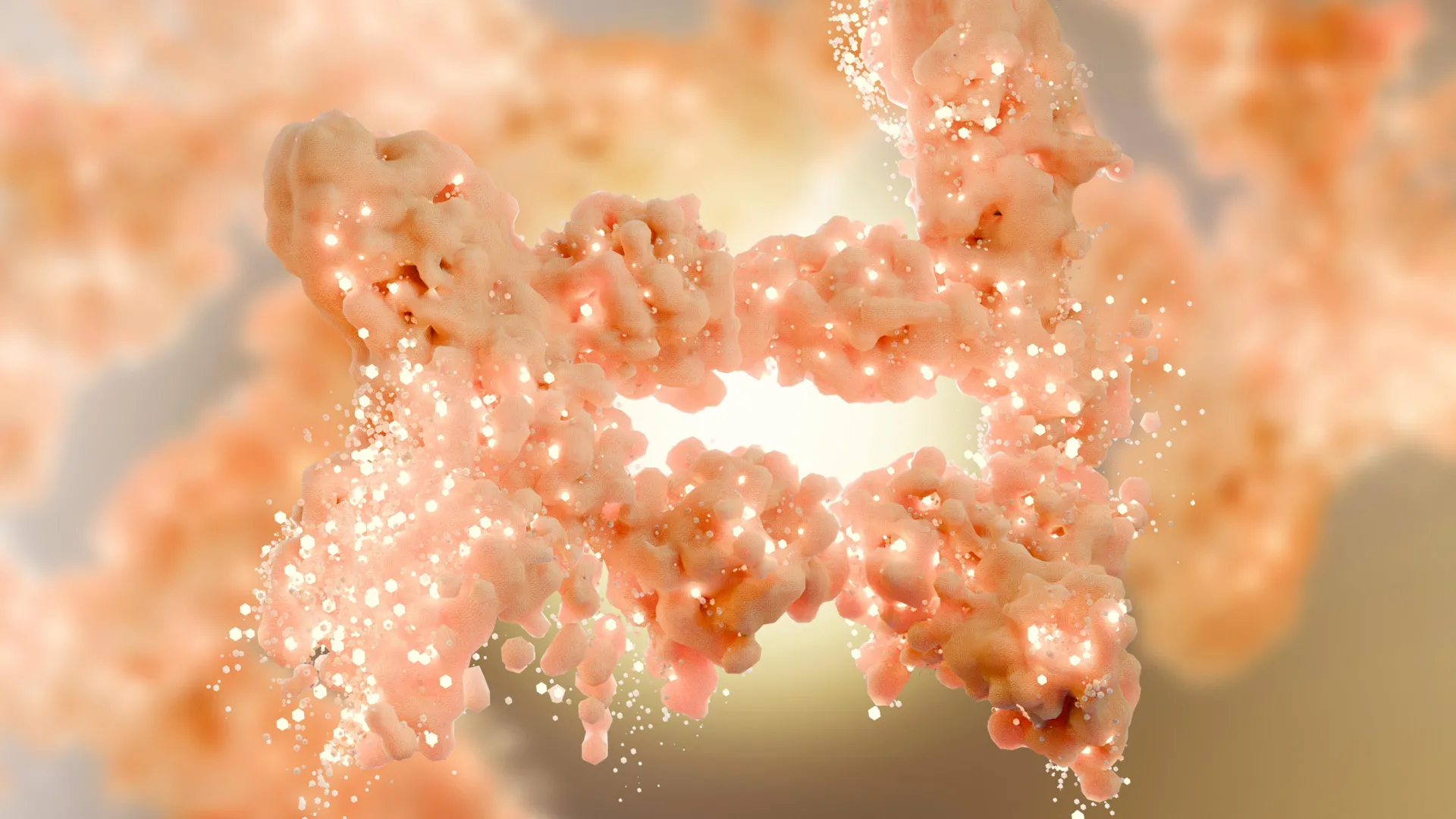
"Researchers have uncovered a surprising new role for the HSL protein: beyond breaking down fat, it also works inside the nucleus of fat cells to keep them functioning properly. When HSL is missing, fat tissue doesn't expand as expected- instead, it shrinks, leading to lipodystrophy. This unexpected discovery helps explain why both obesity and fat-loss disorders share similar health risks, and it opens up fresh paths for understanding metabolic diseases at a time when obesity affects billions worldwide."
"Without HSL, it would be reasonable to expect fat to build up, as though the body had lost access to its energy supply. Surprisingly, this is not what happens. Research involving both mice and patients with mutations in the HSL gene shows that the lack of this protein does not lead to excess fat or obesity. Instead, affected individuals experience a loss of fat mass, a condition known as lipodystrophy."
HSL protein breaks down stored fat in adipocytes and also functions inside the nucleus to maintain adipocyte identity and function. Adipocytes store energy in lipid droplets that HSL mobilizes when hormones like adrenaline signal energy need. Absence of HSL does not cause fat accumulation; instead, lack of HSL leads to fat-tissue shrinkage and lipodystrophy in mice and humans with HSL mutations. Both obesity and lipodystrophy involve dysfunctional adipocytes and can produce similar metabolic and cardiovascular disturbances. The nuclear role of HSL provides a mechanistic link between fat loss and metabolic disease and suggests new directions for understanding and treating metabolic disorders amid global obesity.
Read at ScienceDaily
Unable to calculate read time
Collection
[
|
...
]